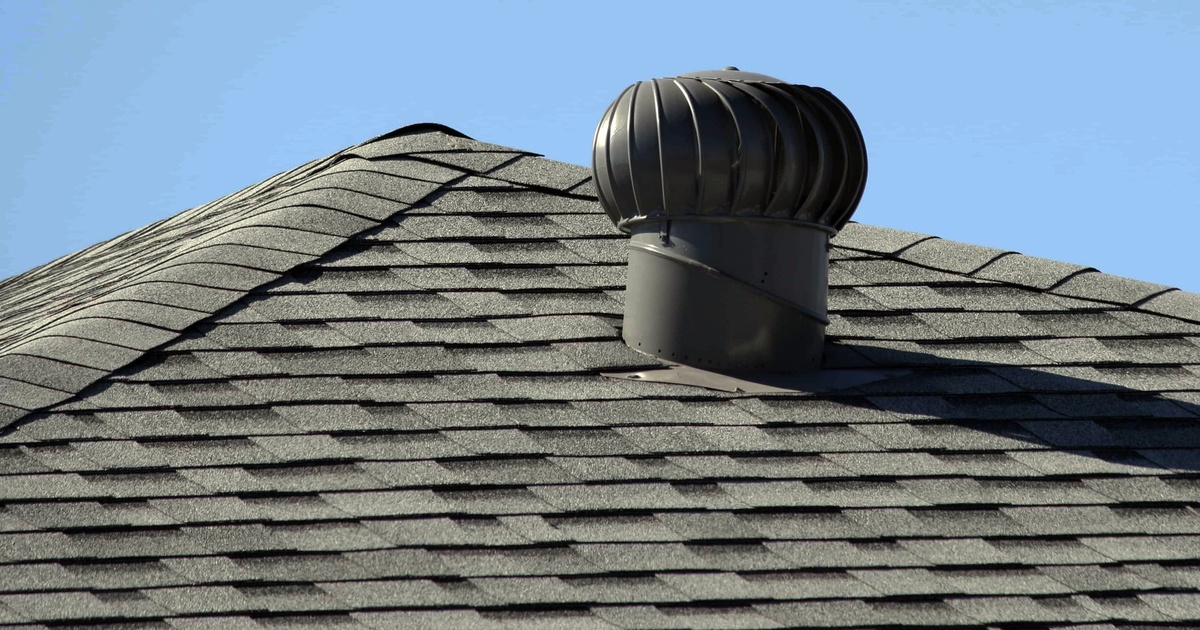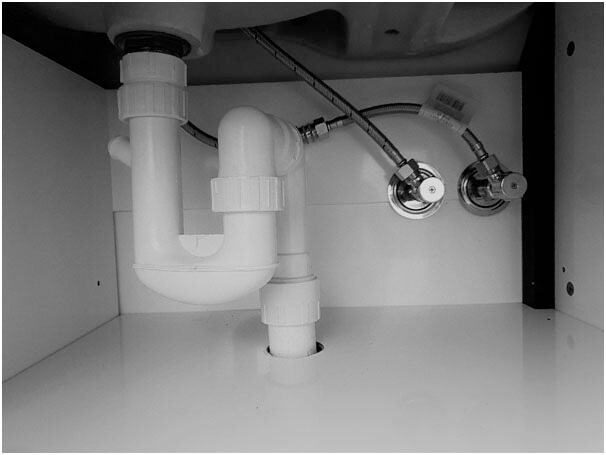Correct Ventilation in Plumbing Systems: Why It Is Essential
Correct Ventilation in Plumbing Systems: Why It Is Essential
Blog Article
Just about every person may have his or her own theory involving Essential Plumbing Vent Pipes: Understanding Their Role.

Correct air flow in pipes systems is commonly forgotten, yet it is essential for preserving the performance and safety and security of your home's plumbing. Ventilation helps control air pressure, avoid the accumulation of hazardous gases, and make certain the efficient removal of waste. In this guide, we will certainly explore the relevance of proper plumbing ventilation, how it functions, and the advantages it offers your pipes system.
Recognizing Air Flow in Plumbing
Air flow in pipes describes the network of pipelines that enable air to move via the drain system. These vents offer several functions, consisting of regulating atmospheric pressure within the pipes, avoiding sewer gases from entering the home, and assisting in the smooth flow of wastewater.
Just How Air Flow Works in Pipes Solutions
Atmospheric Pressure Law
Correct air flow keeps balanced atmospheric pressure within the pipes system. When water streams with pipelines, it displaces air. Without appropriate ventilation, this variation can create unfavorable pressure, resulting in slow down drains pipes or siphoning of water from catches, which can cause unpleasant smells to leak into the home.
Preventing Sewage System Gas Accumulation
Among one of the most essential features of pipes vents is to avoid sewer gases, such as methane and hydrogen sulfide, from gathering within the home. These gases can posture significant wellness dangers and are highly flammable. Vent pipes allow these gases to leave safely outdoors.
Assisting in Waste Elimination
Air flow aids in the effective removal of wastewater by preventing airlocks in the water drainage system. When air can flow freely through the vents, it allows water and waste to stream smoothly with the pipes, decreasing the threat of blockages and back-ups.
Types of Pipes Vents
Key Heap Vent
The main pile air vent, additionally referred to as the vent pile, is the key vent in a plumbing system. It expands from the main drain line up with the roof, permitting gases to escape and fresh air to get in the system.
Branch Vent
Branch vents connect to the primary pile vent and offer private components, such as sinks, toilets, and showers. These vents guarantee that each component has appropriate ventilation to operate properly.
Air Admittance Shutoff (AAV).
An Air Admission Shutoff (AAV) is a one-way shutoff that enables air to go into the plumbing system without the need for a standard vent pipeline expanding with the roofing. AAVs are typically made use of in restorations or areas where installing a basic vent is impractical.
Signs of Poor Air Flow in Plumbing.
Slow Draining Fixtures.
If your sinks, tubs, or bathrooms are draining slowly, maybe an indicator of bad ventilation. Insufficient air circulation can develop a vacuum impact, making it hard for water to drain properly.
Gurgling Seems.
Gurgling noises coming from drains are often a result of air being drawn with water catches as a result of unfavorable pressure in the pipes. This is a clear sign of insufficient air flow.
Undesirable Odors.
Drain odors inside your home are a red flag that your pipes system is not appropriately ventilated. This can suggest that drain gases are not being adequately aired vent outside, leading to possibly dangerous conditions.
Typical Air Flow Blunders.
Insufficient Vent Sizing.
Using small vent pipelines can cause bad air flow and pressure discrepancies in the system. It's vital to make use of vents that meet the certain needs of your plumbing system.
Improper Vent Placement.
Positioning vents also far from the fixtures they offer can decrease their efficiency. Proper placement ensures that air can stream easily and effectively with the system.
Disregarding Code Demands.
Building codes give particular standards for plumbing air flow. Ignoring these codes can lead to a system that falls short to function appropriately and may bring about expensive fixings or carcinogen.
Benefits of Appropriate Ventilation.
Improved System Performance.
Appropriately ventilated pipes systems operate a lot more efficiently, with fewer clogs, faster draining, and much less stress on the pipelines. This performance prolongs the lifespan of the plumbing system.
Improved Air High Quality.
By avoiding drain gases from entering your home, proper air flow adds to far better interior air top quality, making your living environment healthier and much more comfy.
Avoiding Water Damages.
Appropriate ventilation helps stop water from being siphoned out of catches, which can cause sewage system gases entering the home and triggering water damage gradually.
Steps to Make Certain Correct Air Flow.
Consulting Pipes Codes.
Always get in touch with neighborhood pipes codes when designing or customizing your pipes system. These codes offer the necessary guidelines for proper venting and ensure your system meets safety and security requirements.
Normal Examination and Maintenance.
Regular inspections can help determine potential air flow concerns before they come to be major issues. Upkeep tasks, such as cleaning up air vent pipes and checking for obstructions, are necessary for keeping the system in good working order.
Specialist Installation.
For new installations or major modifications, it's smart to hire a specialist plumbing technician. They have the experience to make certain the air flow system is properly created and set up according to code.
Conclusion.
Proper ventilation is a critical component of any kind of pipes system, guaranteeing that it functions successfully and safely. By recognizing the importance of air flow, identifying the signs of poor ventilation, and taking actions to maintain your system, you can prevent expensive problems and secure your home's air high quality.
4 Things You Should Know About Your Plumbing Vents
What Plumbing Vents Are
Also called a vent stack, a plumbing vent is a vertical pipe attached to your drain line that runs through your roof. The plumbing vent pipe, or plumbing air vent, removes gas and odors from your plumbing system and allows fresh air to enter the pipes, helping the water to flow out of the drain pipes.
What Plumbing Vents Do
Plumbing vents have two basic functions. One of which is to allow unpleasant smelling wastewater and sewer gasses to escape your plumbing system instead of entering your home. Plumbing vent pipes are typically located on roofs, away from windows, to ensure the fumes exit the home completely.
The other function of the plumbing vent is to move fresh air into your plumbing system. This helps move water through every plumbing fixture in your house, like toilets and sink drains. Think of the way in which you need to let a little air into the bottle as you pour soda in order to make the drink flow smoothly.
Different Types of Plumbing Vents
True vent: This is the most common vent option. In simplest terms, a true vent is a vertical pipe attached to your drain line that exits through the roof. They often function as the main vent that other fixtures can connect to. Re-vent pipe or auxiliary vent: Attached to the drain line near specific plumbing fixtures, re-vent pipes run up and over to connect to the main vent. Common vent: Two plumbing fixtures installed on opposite sides of a wall are typically tied into the vent stack using something known as a sanitary cross. Wet vent: This venting option operates as a drain pipe and a vent at the same time. Wet vent drainage systems drain water from one fixture while venting the air from another. Although they’ve been used for over 100 years, wet vent systems have only recently been added to the plumbing code in many areas. If you’re planning on installing one in a bathroom remodel, make sure you check your local code prior to construction. Loop vent: For free-standing fixtures like kitchen island sinks, loop vents are ideal. These vent pipes run under the floor, rise from the P-trap, and create a loop inside the cabinet sink. Air admittance valve: An AAV is a one-way mechanical valve typically installed at the site of the plumbing fixture. AAVs allow venting to occur without having to tie into a larger venting system. They’re ideal for venting fixtures where you aren’t able to easily connect to an existing vent system. Common Plumbing Vent Issues
Although vent pipes typically don’t have water flowing through them, they’re still subject to many typical plumbing issues. For example, clogs are one of the most common problems associated with sewer vent pipes. If your vent pipe gets clogged, all of your plumbing fixtures tied into the vent stack will be affected.
A sink with a slow drain that bubbles and gurgles or a strong sewage smell around your toilet are both indicators that your toilet vent pipe is clogged. Because most vent pipes exit through the roof, old leaves, twigs or even a bird’s nest could be clogging the pipe.
Clogs in your vent pipe system cause a buildup of negative pressure, meaning that water won’t be able to flow out of your home very well. It’s similar to putting your finger over the opening of a straw to trap water inside. When you remove your finger, the water is able to flow out of the straw.
If you suspect you have any blockage in your vent, make sure you have a professional come examine the situation. Left unchecked, a blocked air vent can lead to other costly repairs, like leaks and sediment buildup.
Under Pressure
Pipe vents are essential aspects of a home’s plumbing system. Owning a home means learning about all sorts of things you never put much thought into before. But by understanding as much as you can about the important systems of your home, you can keep those budgets intact and those anxiety levels low.
https://www.homeserve.com/en-us/blog/home-improvement/plumbing-vents/

I recently found that page on when doing a search on the search engines. Are you aware of somebody who is truly interested in What Is A Plumbing Vent & How Do They Work?? Do not hesitate to promote it. I treasure your readership.
Learn More Report this page